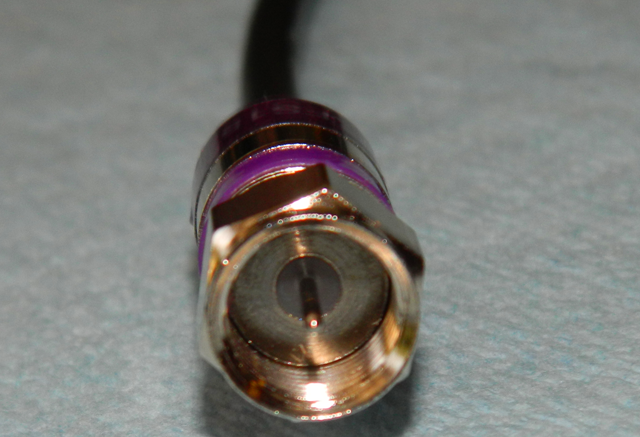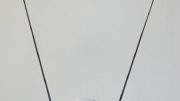If you’ve been following our cable shootouts, or if you took our Cables 101 course to learn about different types of cables, you’ve learned a lot. So, like me, you’ll be excited to learn about SolidSignal.com’s new Razor Thin Cable. This cable is specifically suited for analog and digital transmissions in the HD broadcast bands. We’ll look at the technical specs a little later. Let’s cut this bad boy up and see what it’s made of.
My friends at Solid Signal sent two 3-foot lengths of cable for me to test. I know what the specs are supposed to be, but let’s get some real-world numbers.
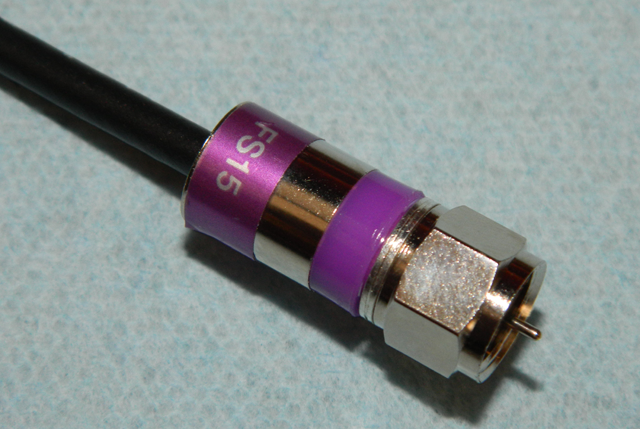
Outer Diameter
According to the inkjetting on the cable, this is Cabletronix Miniature Precision Video Cable for Analog And Digital Swept Tested to 3.0 GHz 75 Ohm. It’s 4mm thick, way too thin to adhere to the RG59 or RG6 standards.
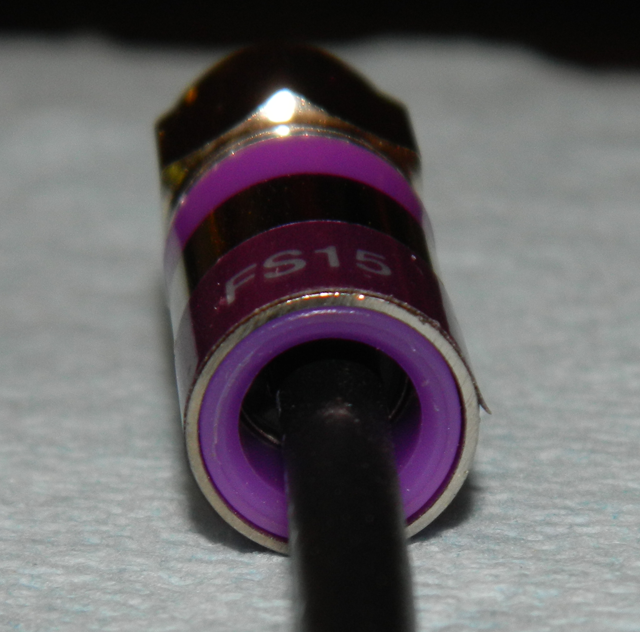
Connector
The connector is labeled FS515 and looks like a more or less standard compression connector. There is, however, an inner yoke that holds the cable in place.
I’ve babied this cable so far, let’s see what it’s really made of.


The first thing I see after stripping off the jacket is a serious level of braid. This is far more braid than I saw on some cables that claimed to be RG6. In fact, this is a double shielded cable and the shields are very firm.
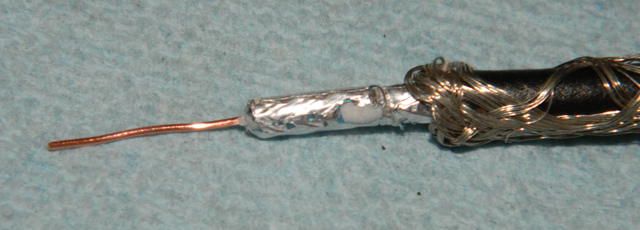
In fact, the inner shield is glued so tightly to the dielectric that I couldn’t get it off. My best guess on the dielectric is 2mm, and it’s thick plastic.
The inner conductor is solid copper. I sliced it lengthwise and didn’t see any steel at all. However, the center conductor is only about .6mm thick. I could see that being a problem for long commercial runs, but this cable isn’t intended for that.
Connector
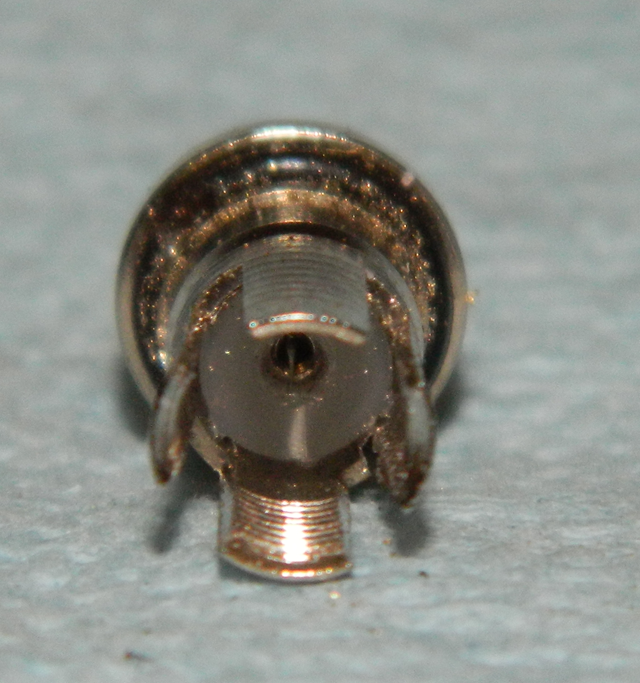
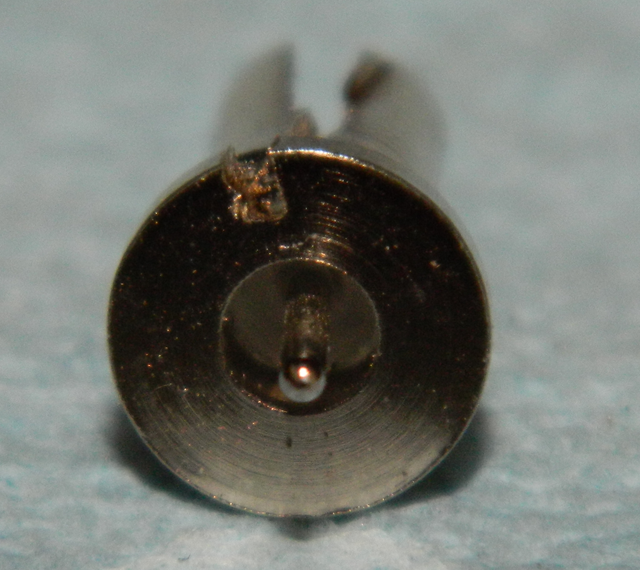
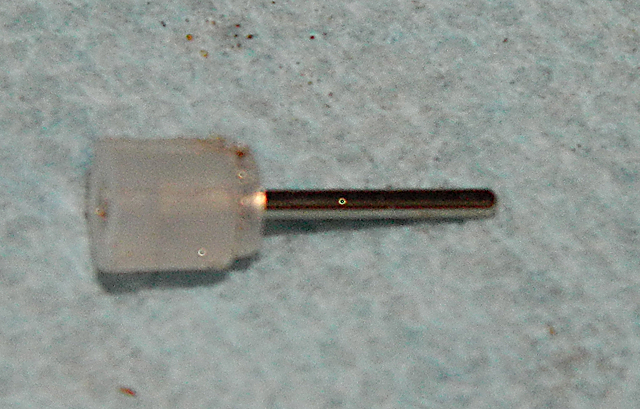
The connector proved to be the most surprising. Most F connectors use the center conductor for part of the connector. I had my worries, with the center conductor being so thin, and apparently so did the makers of this connector.
The center plug of this connector had a dielectric sheath with a 1mm thick, hollow center conductor assembly. The cable’s center conductor fits into this and that makes contact with the device. This is not very common in coaxial cables designed for antenna or satellite use. You see this sort of thing in BNC cables sometimes because they are intended to be connected and disconnected multiple times. With this setup you trade loss for durability.
In terms of performance, I used my satellite meter to measure the signal coming from the DIRECTV satellite. This obviously wasn’t the best way to test because it wasn’t really testing at the frequencies used for antennas. But it gave me some decent data anyway.
I first measured the signal from the splitter to the meter through a known good 3-foot RG-6 cable, then disconnected the cable and measured the signal through the razor-thin cable. The difference was about 1.2 dBµV. Most likely, this would not translate out to any real-world difference when used for an antenna.
Conclusion
I would not wire a home for DIRECTV service using this cable but it’s clear there is no reason to use a thick RG-6 cable for a short length from an indoor antenna. This cable is perfect for that and I’d even use it for satellite service for a short while instead of a cable from a home improvement store. I wouldn’t leave it there forever but it’s clearly better built than a cheap RG-6 cable.

